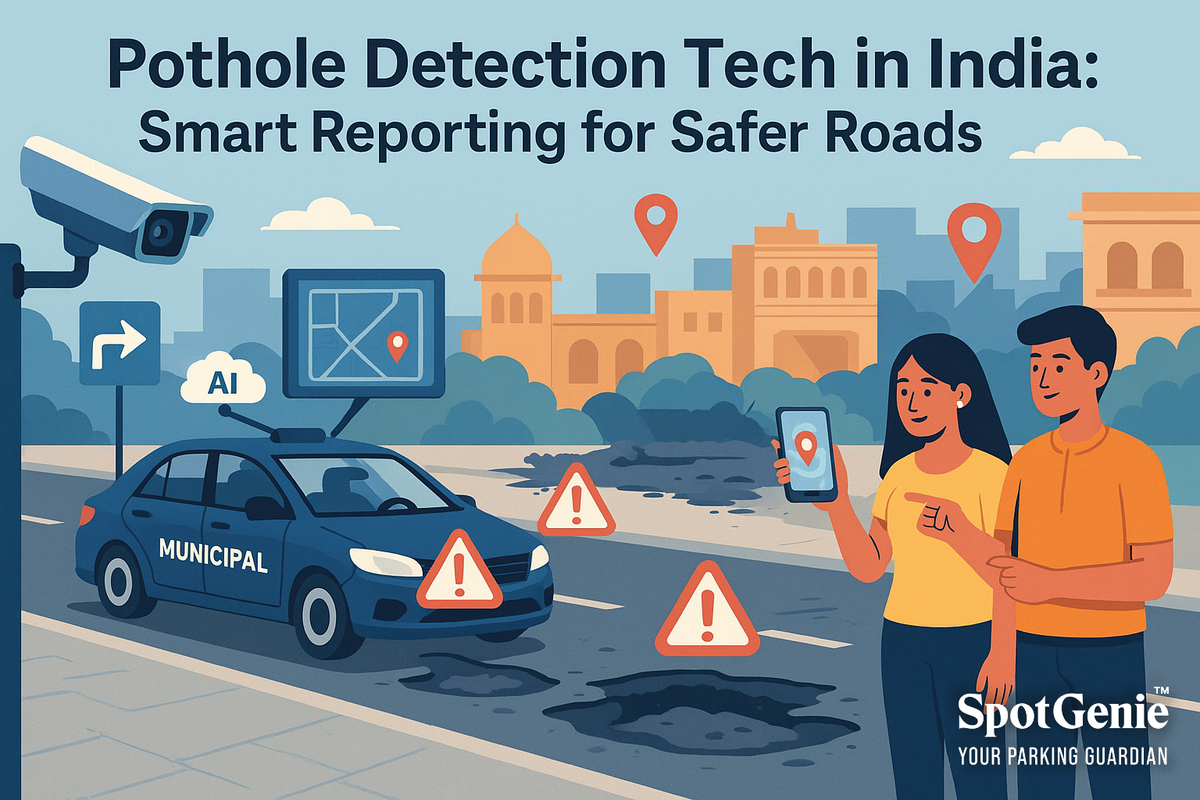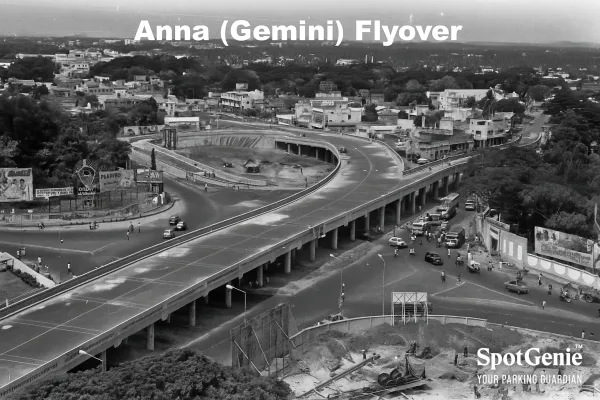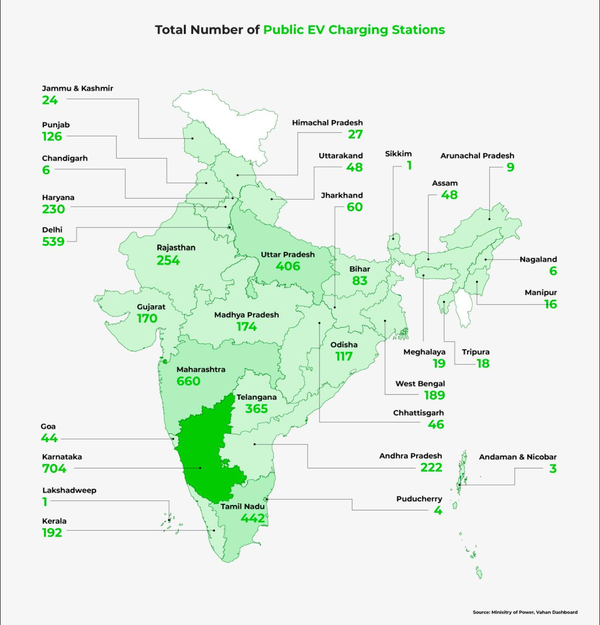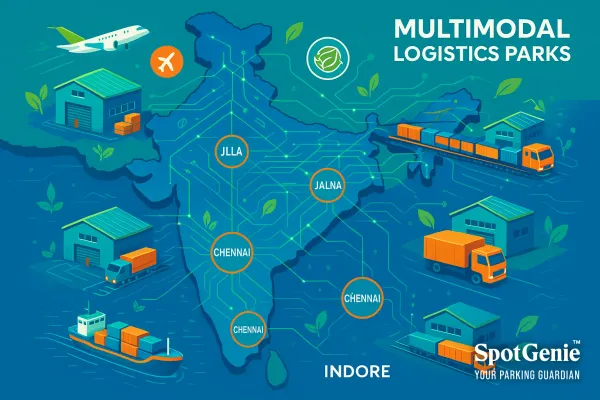Pothole Detection Tech in Indian Cities
See how Indian cities use tech—dashcams, apps, sensors—to identify & fix potholes faster. Learn citizen reporting best practices.

Pothole Detection Tech in India: Smart Reporting for Safer Roads
SpotGenie Gyaan shares the latest tech-led solutions transforming India’s roads—from smart pothole detection to citizen-powered reporting tools.
Overview of the Pothole Challenge
Potholes continue to be a major urban menace across Indian cities, causing accidents, damaging vehicles, and slowing traffic. While monsoons accelerate road damage, delayed detection and repair further aggravate the issue. With millions of potholes reported annually, technology is now stepping in to change how cities monitor and manage their road health.
Tech-Based Detection Tools
- AI Dashcams: Ahmedabad has rolled out 1,000 AI-powered dashcams on civic vehicles to automatically detect potholes and traffic issues. These cameras analyze road footage, flag surface anomalies, and alert city control centers.
- CCTV + AI Surveillance: Surat’s Integrated Command and Control Centre (ICCC) monitors 4,300 cameras citywide. AI algorithms now detect potholes, waterlogging, and congestion to trigger rapid repair orders.
- Sensor-Based Detection: Several startups and university labs are piloting vibration- and GPS-based sensors to map potholes using smartphones and on-vehicle kits.
Citizen Reporting Platforms & Partnerships
- PCMC Pothole App: Pimpri-Chinchwad launched a mobile app enabling geo-tagged pothole reports with photo uploads. Residents can track the complaint and view before-after images post-repair—aiming for resolution within 8 days.
- Google Maps + Community Input: Some citizens mark pothole-prone areas using the “Suggest an edit” or “Report a problem” feature, prompting local discussions and alerts.
- NGO Collaborations: Several civic tech NGOs are working with municipalities to aggregate pothole complaints via WhatsApp bots and form data dashboards for tracking repair KPIs.
Case Studies from Indian Cities
- Surat: AI-integrated CCTV helped reduce pothole redressal time by 35% post-monsoon in 2024.
- Pune: Since launch, the PCMC Pothole app received over 1,000 reports in 2 months, with 70% resolved within 10 days.
- Ahmedabad: AI dashcam trials showed 80% detection accuracy, with continuous algorithm tuning to reduce false positives.
Benefits, Challenges & Scale Strategy
Benefits: Faster pothole detection shortens repair cycles, reduces accidents, and improves citizen satisfaction. Aggregated data also helps cities prioritize recurring hotspots and allocate budgets more effectively.
Challenges: Key issues include false positives from lighting/reflection, sensor calibration, integration with government workflows, and citizen awareness on using digital tools.
What Citizens & Authorities Can Do
- Use local civic apps (e.g., PCMC Pothole App) or WhatsApp lines to report road issues.
- Install AI dashcams (private or civic-linked) for accurate road condition monitoring.
- Encourage RWAs and gated communities to share recurring issues with municipal dashboards.
- Track repair status using public grievance portals or follow-up through social media escalation.
Conclusion
India’s pothole problem is finally meeting its match with smarter, scalable tech solutions. From AI dashcams and sensor apps to civic apps and real-time dashboards, the change is visible. Citizens now play a central role in ensuring safer roads through quick reporting and follow-ups. With initiatives scaling across smart cities, it's time to move from complaining to collaborating.
Seen a pothole today? Open your civic app and help make your city safer—one tap at a time.
Follow us on:
🅾 Instagram |
ⓕ Facebook |
𝕏 X |
▶️ YouTube |
🟢 WhatsApp



